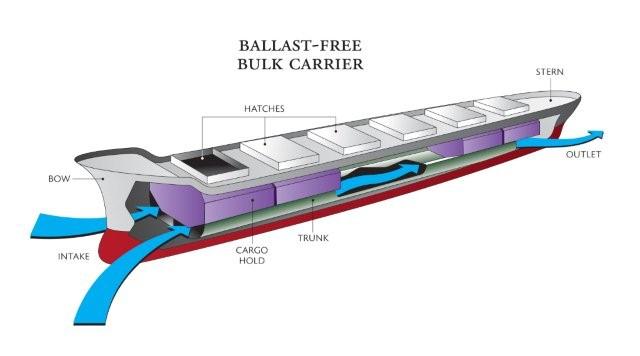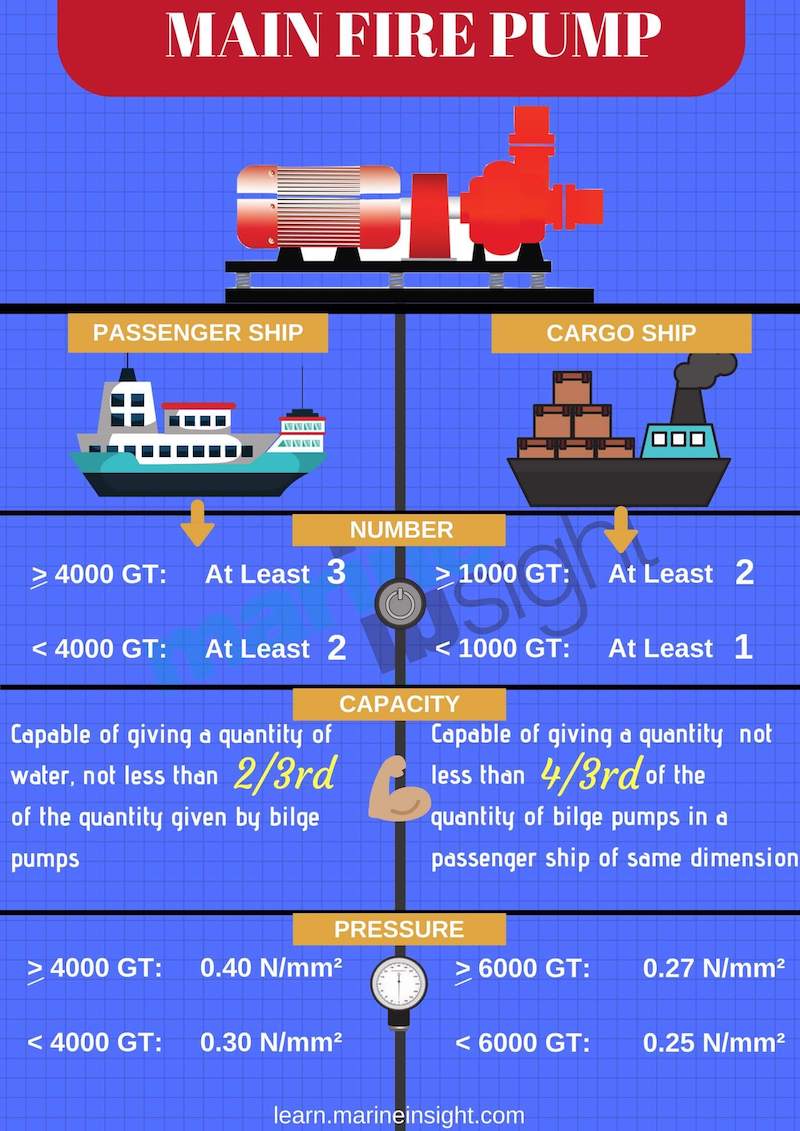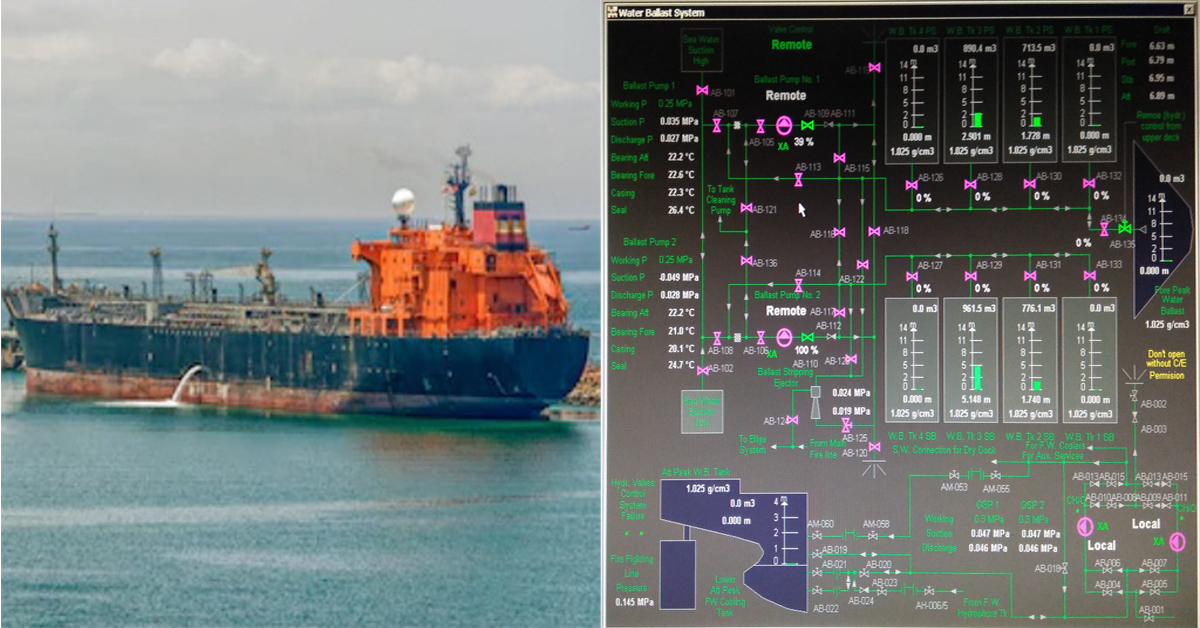

A brief summary of ship types and ballast systems is followed by an overview of safety issues relating to ballast operations and typical ballast conditions at sea and in port. This chapter, which provides information on the role of ballast in ship operations, is a necessary prerequisite to the committee's assessment of proposed strategies for managing ballast water and controlling the introduction of nonindigenous aquatic species without compromising ship safety. The etymology of the word "ballast," meaning "useless load" in Middle Dutch, reflects the fact that since time immemorial ship owners have endeavored to avoid using ballast. Unfortunately, in many instances half of a given voyage must be undertaken in ballast to compensate for the absence of cargo. Thus, global shipping is the underpinning of the majority of world trade. Today, vessels carry ballast that may be fresh, brackish, or salt water (see Box 2-1).Ībout 80 percent of the world's trade volume is transported by ship (Peters, 1993). From the 1880s onward, ships increasingly used water for ballast, thereby avoiding time-consuming loading of solid materials and dangerous vessel instabilities resulting from the shifting of solid ballast during a voyage. For millennia, ships carried solid ballast in the form of rocks, sand, roof tiles, and many other heavy materials. 82-89., doi:10.1021/ have always required ballast to operate successfully and safely.
BALLAST VESSEL MEANING PLUS
" Ballast Water Exchange Plus Treatment Lowers Species Invasion Rate in Freshwater Ecosystems." Environmental Science & Technology, vol. " International Convention for the Control and Management of Ships' Ballast Water and Sediment (BWM)." International Maritime Organization.īradie, Johanna, et al. " An Overview on the Treatment of Ballast Water in Ships." Ocean and Coastal Management, vol. " Invasive Species in the Great Lakes." Environmental Protection Agency. " Ballast Water Management." International Maritime Organization. " Twenty Five Years of Invasion: Management of the Round Goby Neogobius Melanostomus in the Baltic Sea." Management of Biological Invasions, vol. " Walleye Growth Declines Following Zebra Mussel and Bythotrephes Invasion." Biological Invasions, vol. " Chapter 5: Ballast Water." Guide to Ship Sanitation, 3rd edition. In many situations, different combinations of treatment systems are necessary to address varied species of organisms living inside a single ballast tank.

Various strains of cholera: introduced to South America and the Gulf of Mexico (1992).Chinese mitten crab: introduced to Western Europe, Baltic Sea, and the North American West Coast (1912).

Cladoceran water flea: introduced to the Baltic Sea (1992).


 0 kommentar(er)
0 kommentar(er)
